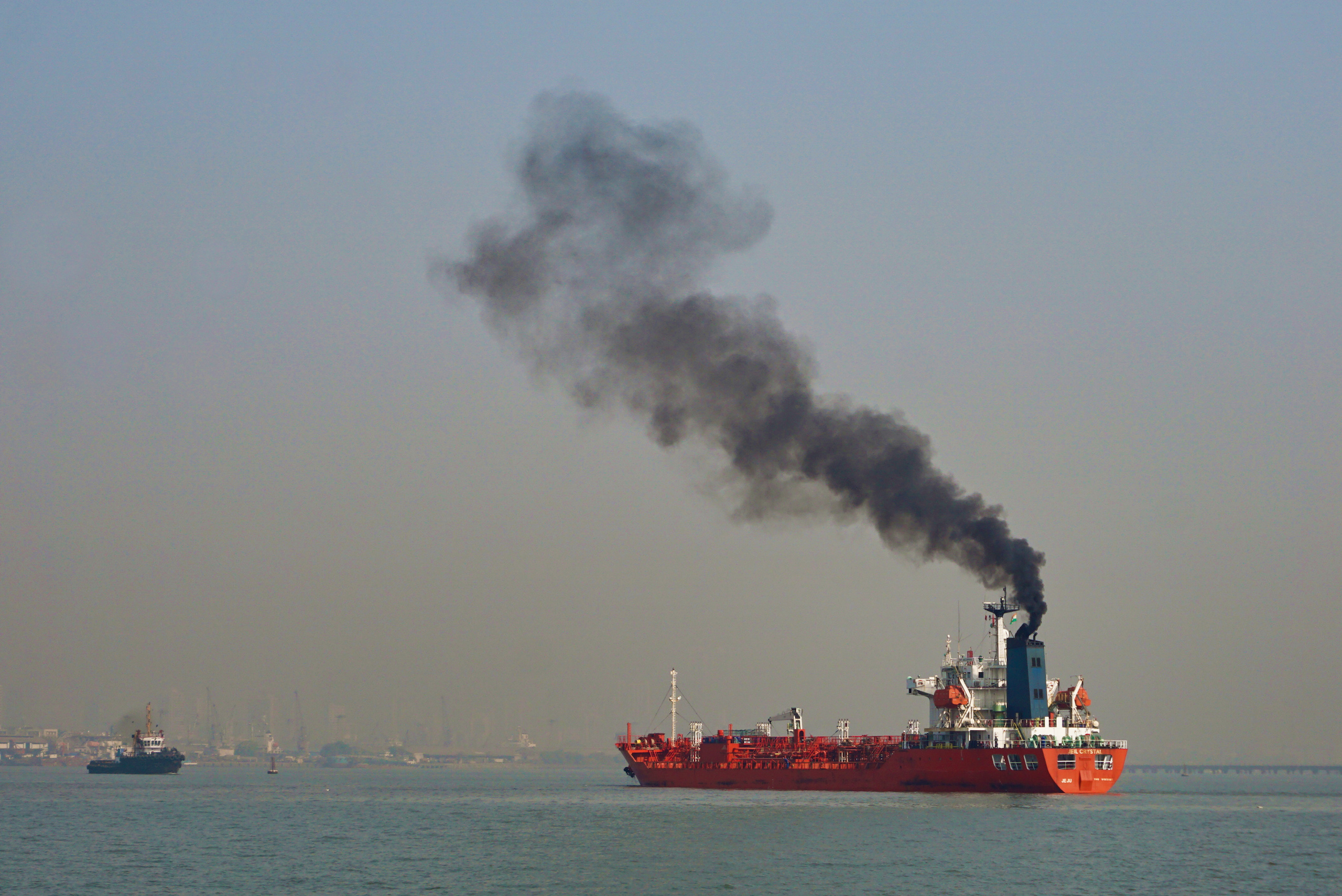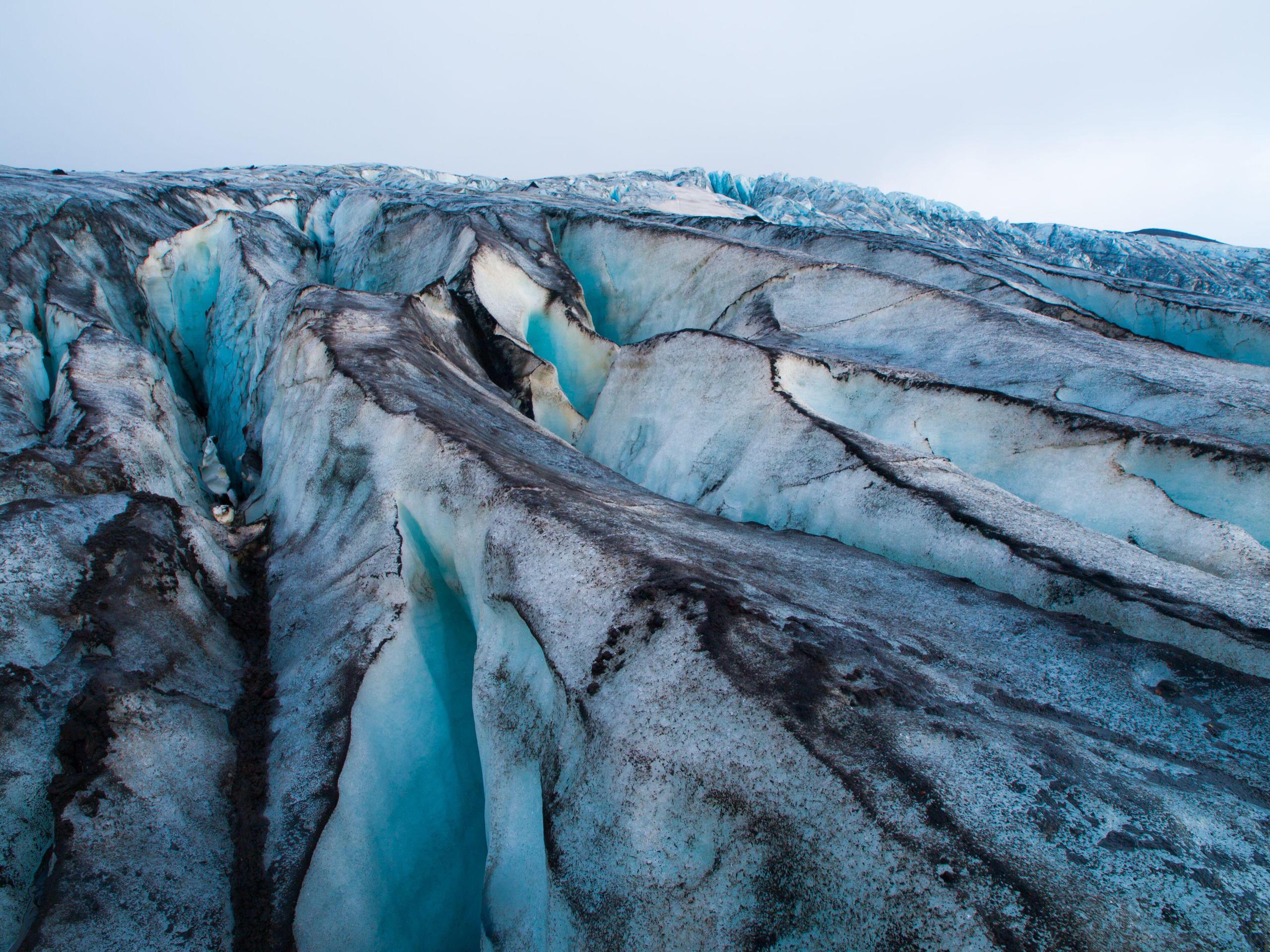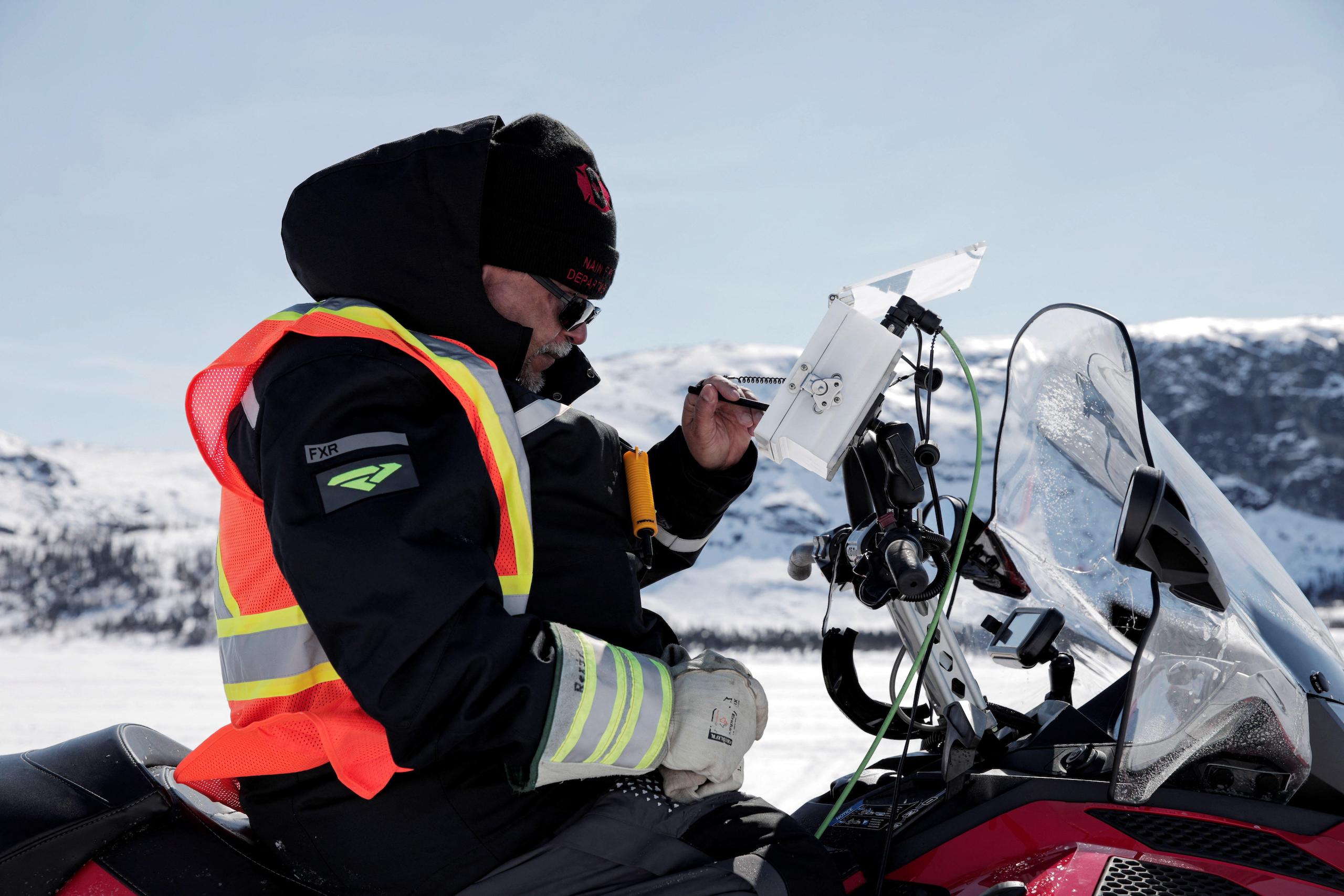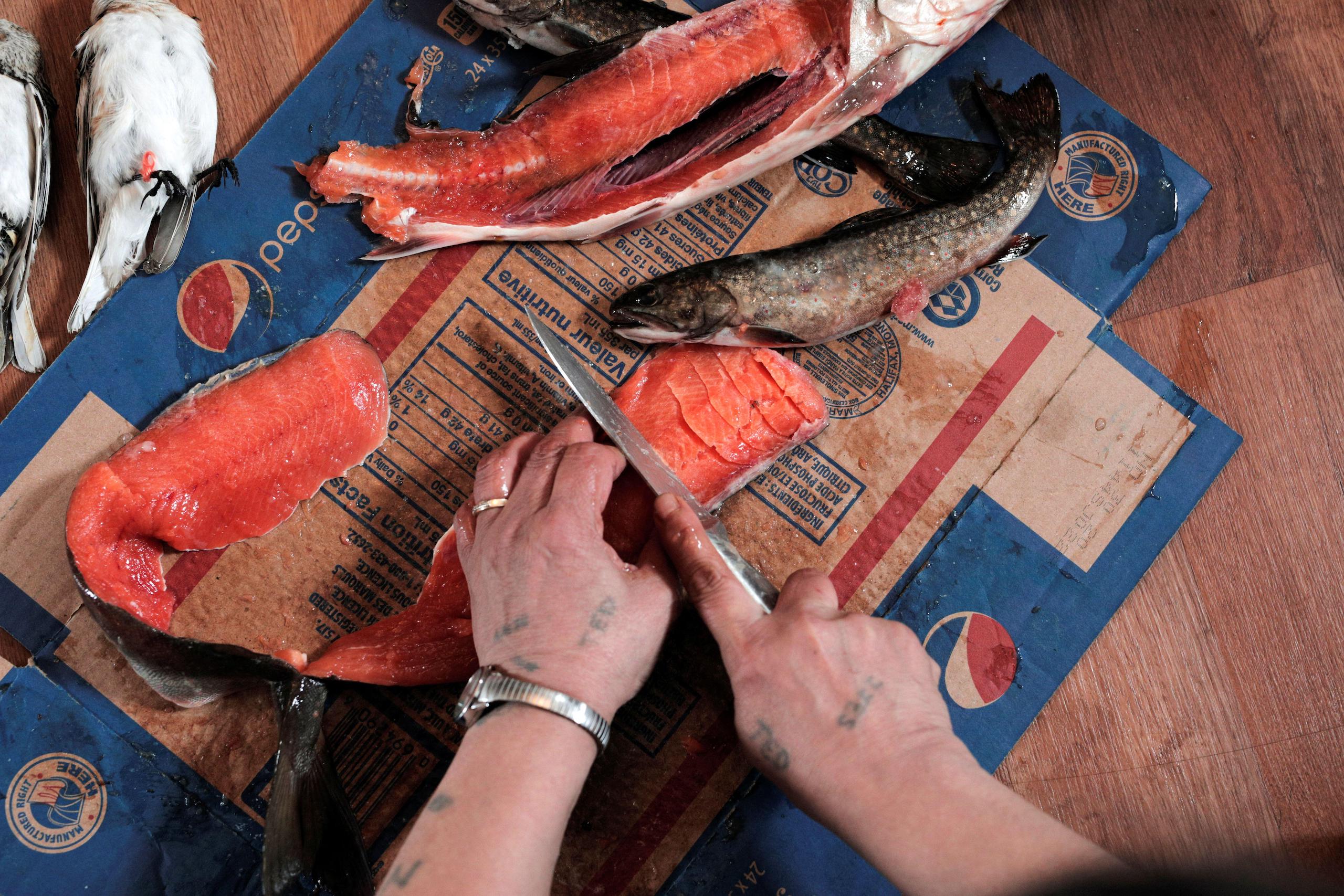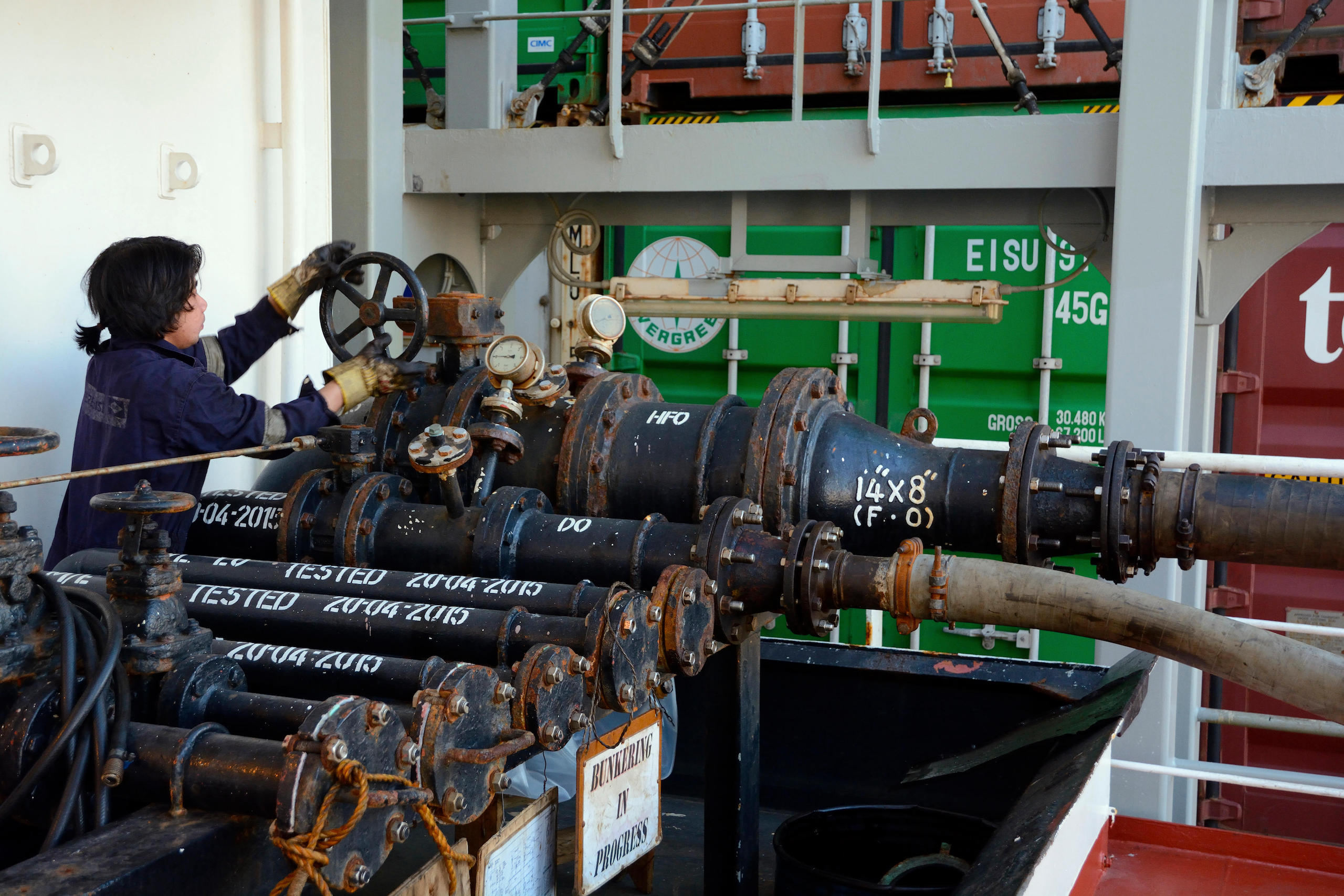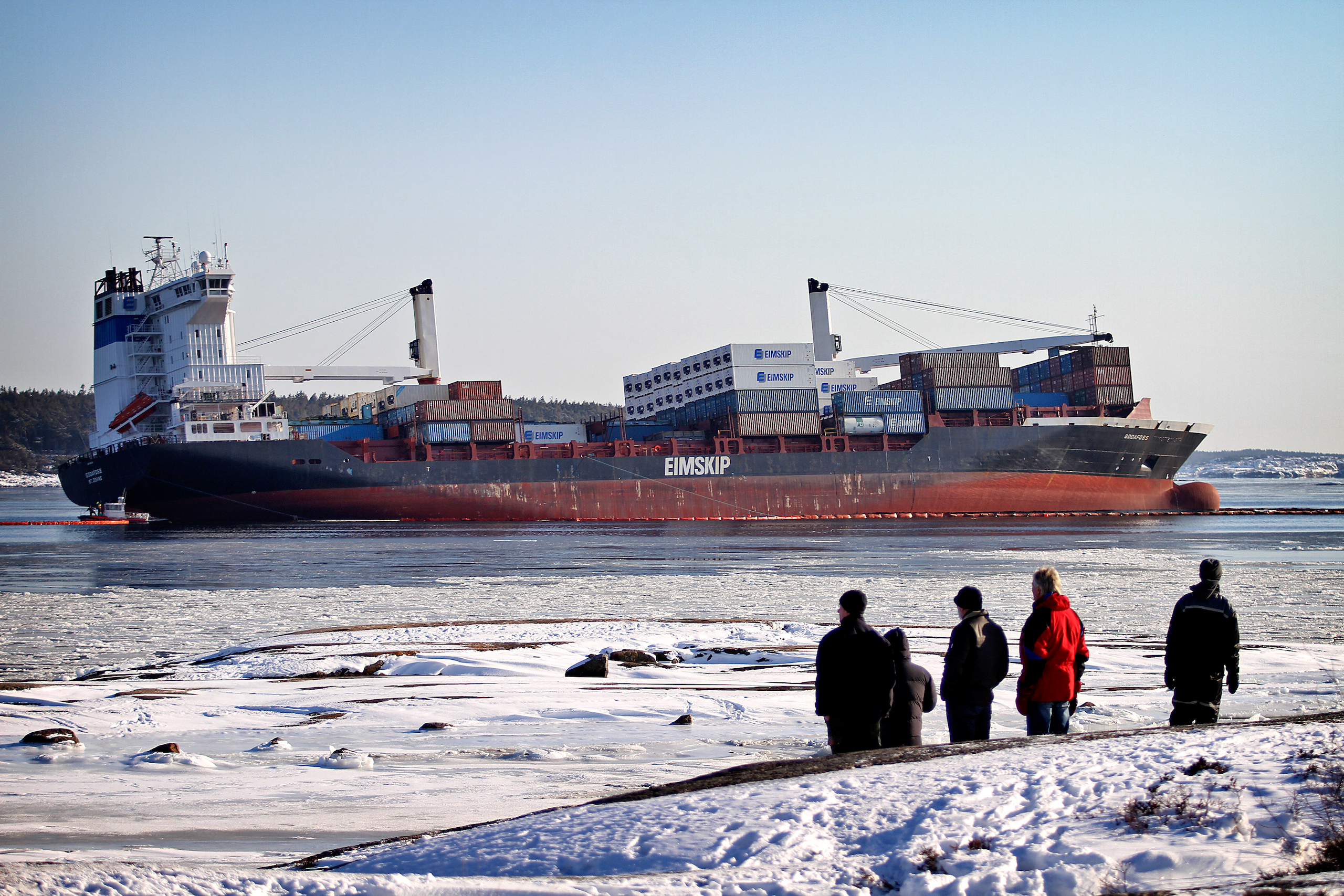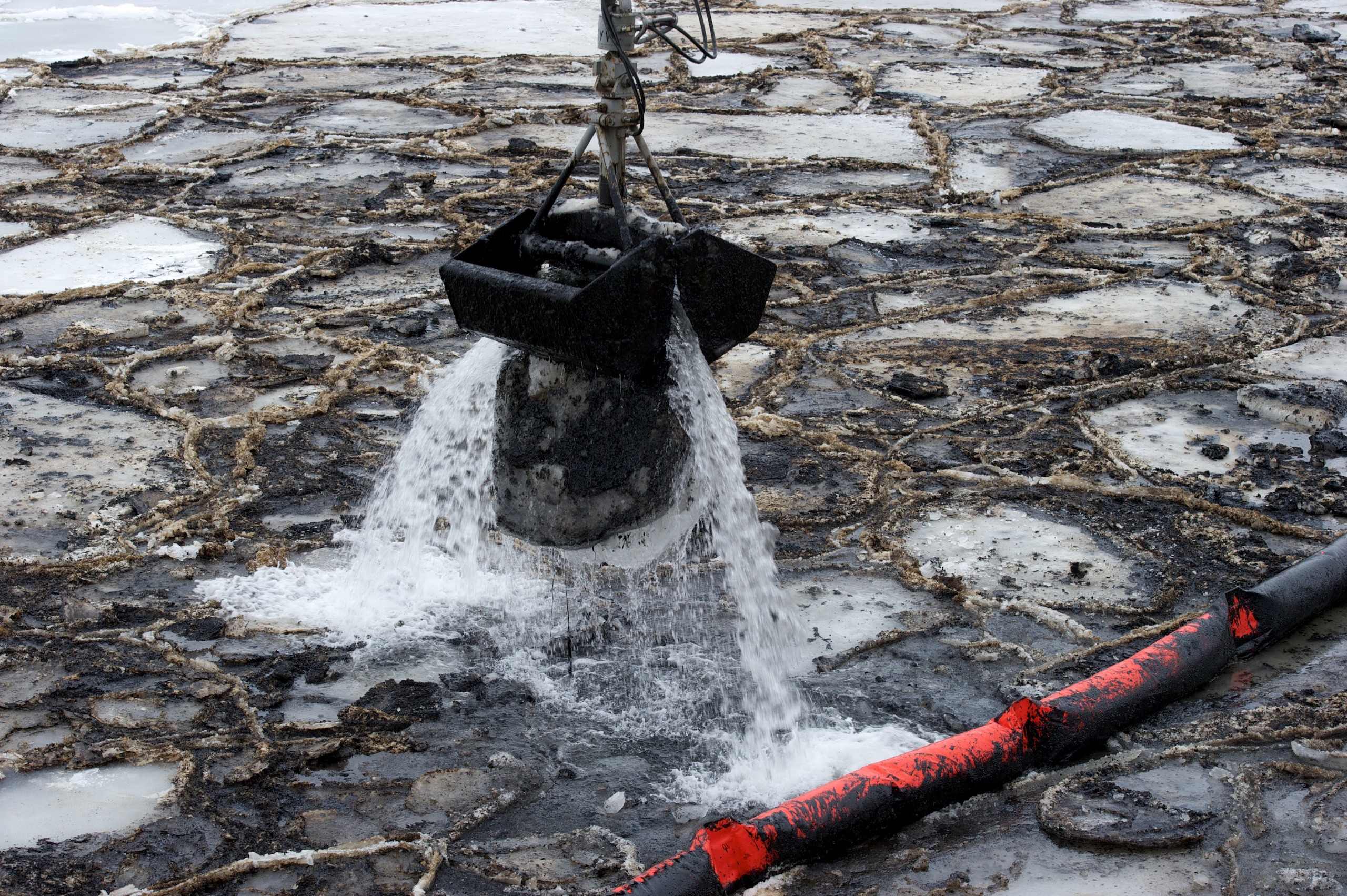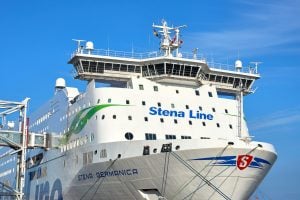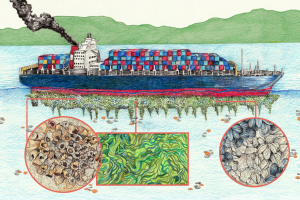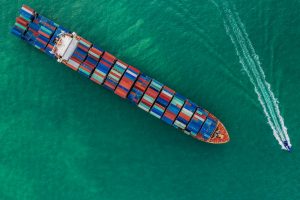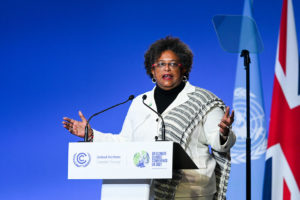Shipping is a highly polluting industry. Between 2007 and 2012, it was responsible for roughly 3% of global greenhouse gas emissions from fossil fuel use and industrial processes, or around one billion tonnes of CO2 equivalent per year.
Ship exhaust may also contain “black carbon” – sooty particles that absorb sunlight and trap heat in the atmosphere, contributing to global warming. Black carbon rapidly accelerates ice melt when it lands, by darkening surfaces and thus reducing how much sunlight they reflect. At the same time it poses a serious health risk to coastal communities.
Environmental groups say this climate and health threat could easily be eradicated if ships were forced to use cleaner fuels.
The impact on warming
Black carbon is produced when ships burn heavy fuel oil, which is “a hazardous, toxic tar-like fuel”, says Andrew Dumbrille, an advisor to both the Clean Arctic Alliance, a group of 20 nonprofits, and to the Inuit Circumpolar Council, which represents all Inuit from Alaska, Canada, Greenland and Chukotka on internationally important matters. “It is literally the stuff at the bottom of the barrel,” he says.
“You have to heat it up to use it… it’s like burning tar, one could walk on it,” he says. “Our global trade system is enabled by this highly polluting by-product fuel.”
Black carbon emissions are responsible for around 20% of the shipping industry’s climate impact over a 20-year period, according to the Clean Arctic Alliance.
It is “especially damaging, and has a disproportionate impact, when it is released in or near the Arctic,” says Sian Prior, lead adviser to the alliance.
The Arctic is already warming almost four times faster than the global average, at 0.73C per decade compared to the global average of 0.19C per decade between 1979–2021, according to a 2022 study by Finnish researchers.
“When black carbon settles in the polar environment… the surface starts absorbing more and more heat because it’s dark,” says Prior. “So you lose the albedo effect, which is the reflectivity of the snow and the ice.”
This leads to a vicious cycle of warming. Less sea ice means more open, dark ocean which absorbs more heat and accelerates temperature rise, not just in the Arctic but worldwide.
“Some of that warming is going to be transported further south,” says Pam Pearson, director of the International Cryosphere Climate Initiative. “So a warmer Arctic also translates into warmer mid-latitudes because of black carbon.”
If the Arctic sea ice melts completely during the summer, there is going to be “so much more sea level rise and extreme weather globally,” says Pearson.
A 2021 report by the Climate Crisis Advisory Group warned that the Arctic is “ground zero” for cascading climate impacts across the planet.
Rising temperatures there are leading to warmer ocean temperatures and shifts in atmospheric circulation, and are expected to weaken the jet stream, leading to more extreme weather.
The impact on Arctic communities
“The melting of sea ice is [causing] global climate disruption, but also local, cultural disruption,” says Dumbrille. Black carbon’s impact is already being felt by indigenous communities living in the Arctic.
There are serious health risks associated with exposure to black carbon. A component of fine particulate matter, black carbon has been linked to lung and heart disease and can impair cognitive and immune functions.
“Black carbon is changing our culture,” says Lisa Koperqualuk, vice president international of the Inuit Circumpolar Council.
She explains that the rapid melting of ice is drastically changing the Inuit way of life by delaying harvesting seasons and making it more difficult for communities to travel. “We call the ice our highway,” she says. “We use it to travel and to go hunting on the edge of the sea ice.”
There are concerns that black carbon could contaminate the main food source for Inuit communities, seafood, according to Koperqualuk. “The migration patterns of animals could also change [as the ocean warms] because there are some marine mammals that follow colder waters,” she says.
“The Arctic is a very important area to protect and to keep as pristine as possible, not only for our culture, but for the [entire] world,” says Koperqualuk. “The Arctic is linked to the rest of the globe. So protecting it is protecting the world as well.”
The rise (and fall?) of black carbon
Between 2015 and 2019, the Arctic saw an 85% rise in black carbon due to increased shipping traffic.
“Black carbon emissions are increasing because there are more and more ships going to the Arctic. In recent years, there have been more oil tankers and bunker carriers going to the Arctic,” says Prior.
Maritime traffic grew by 25% between 2013 and 2019, while the distance covered by ships in the region increased by 75%.
The increase in shipping traffic in the Arctic is “very much related to the loss of sea ice,” says Prior. The ice is also “forming later in the year and melting earlier,” she says. This means that more ships are able to sail for longer periods in the Arctic region.
It’s leading to a “really nasty feedback loop,” says Pearson. “As you lose more sea ice, you get more ships, more emissions, [and] less sea ice.”
There is an easy way to rapidly cut black carbon emissions, according to environmental groups.
If all ships using heavy fuel oil were to switch to a cleaner distillate fuel (similar to diesel) there would be an immediate reduction of around 44% in black carbon emissions from these ships, according to the Clean Arctic Alliance. If all ships also installed diesel particulate filters, which capture soot, black carbon could be reduced by over 90%.
Black carbon could rapidly disappear from the atmosphere if regulations were introduced
Black carbon is a short-lived climate pollutant with a lifespan of just a few days or weeks, whereas CO2 can remain in the atmosphere for 300 to 1,000 years. This means that black carbon could rapidly disappear from the atmosphere if regulations were introduced.
“Black carbon could be resolved very quickly, which is why we call it the ‘low hanging fruit’,” says Prior. “Whereas with carbon dioxide you’ve got a very potent warming gas that is staying in the atmosphere for hundreds of years.”
If the European Union required ships sailing in the Arctic to switch from bunker fuels to cleaner distillate fuels, it would reduce their black carbon emissions in Arctic waters by 50–80%, according to analysis by the International Council on Clean Transportation (ICCT).
Technically, it is easy for ships to make the switch. “It’s seen as an overnight solution, because ship engines can run, and already do run, on both heavy bunker fuel and lighter distillate fuel,” says Dumbrille.
“Most engines can just switch between the fuels. In fact, they often do already,” says Prior. “Ships often use the lighter diesel fuels in the coastal waters, and then switch over to the heavy fuels when they’re offshore.”
But uptake of distillate fuels is lagging due to cost. They are more expensive due to higher demand (especially from road vehicles) and because they require more refining, says Dumbrille.
“It’s about twice as expensive to use the cleaner fuel,” says Bryan Comer, who leads the marine programme at the ICCT.
The need for stronger regulations
Regulations are needed to force ship operators to switch to distillate fuel. In November 2021, the International Maritime Organization (IMO), the UN body overseeing shipping, adopted a resolution urging ship operators to switch to cleaner fuels in the Arctic in a bid to reduce black carbon emissions. But it was a voluntary measure, which relied on governments to introduce supportive policies. Environmental groups are calling for mandatory regulations to drastically slash black carbon emissions in the Arctic.
Regulations are already in place around the North American coastline, where the IMO introduced an emission control area (ECA) in 2012, requiring ships to limit their nitrogen oxide (NOx), sulphur oxide (SOx) and particulate matter pollution. This regulation has incentivised many ship operators to switch to distillate fuel. ECAs have also been established in the Mediterranean, the North Sea and Baltic Sea.
Environmental groups would like the North America ECA to be extended to the Arctic.
“Arctic communities were overlooked when the North America ECA was established,” says Comer. “Some would argue that’s environmental injustice and environmental racism.”
It is important that existing loopholes, which enable ship operators to continue using heavy fuel oil, are removed from new IMO regulations, experts argue. Currently, many ships in the ECA use scrubbers to remove their exhaust fumes from the atmosphere and comply with regulations, without having to switch to a more expensive distillate fuel.
“There are loopholes within the ECA… so you can still carry on using heavy fuel oil but install a scrubber to reduce your sulphur emissions,” says Prior.
Although scrubbers reduce air pollution, they are still incredibly polluting as they dump the chemicals removed from the exhaust directly into the ocean. By using scrubbers, “you are taking an atmospheric pollution problem and turning it into an ocean pollution problem,” says Prior.
If the North American emissions control area is extended to the Arctic “you’d want to see that high sulphur fuels would not be allowed, even if ships have a scrubber,” says Comer. “Instead, they should be required to use distillate fuels.”
A proposal to extend the ECA is likely to be brought to the IMO this year, but it won’t get much air time until 2024, says Comer. This year the IMO is set to review its long-term emissions reduction strategy and decide whether to adopt a net zero by 2050 target.
The current IMO target, which campaigners say is woefully inadequate, is to halve shipping emissions by 2050. Without further action, shipping emissions are projected to reach 90-130% of their 2008 levels by 2050.
“It is very inadequate,” says Dumbrille. “To be aligned with the Paris Agreement, [the target] needs to be at least 100% by 2050, ideally 100% by 2040, and 50% by 2030.”
“If you’re thinking about a 50% reduction in greenhouse gas emissions by 2030, dealing with black carbon should be at the top of your list,” he says.
“I’m not holding my breath at the moment… it’s going to take a couple more years,” says Prior, noting that there is still quite a lot of opposition within the industry. “It’s frustrating when [tackling black carbon] should be low-hanging fruit, especially compared to what needs to happen to decarbonise the whole sector.”
